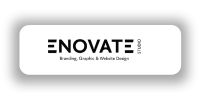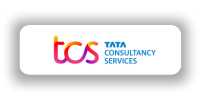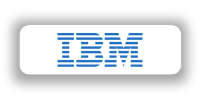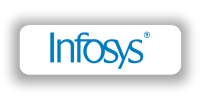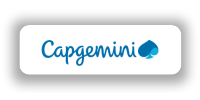Best Basic Computer Course in kerala
A Whole Guide to Basic Computer Course : Learn skills that are in demand and become equipped for work in Kerala.

What you'll learn
Master content, SEO, social media & more to crush digital marketing
Whats Material Includes?
- Introduction to Computers
- Typing Speed (On Typing Master)
- Paint, NotePad, and WordPad
- Basic Ms. Word
- Basic Ms. Excel
- Email Communication
- Introduction to Word Processing
- Introduction to Spreadsheets
- Additional Materials:
- Staying Safe Online
- Introduction to Presentations

Complete a Basic Computer Course with Samantus
- Live Project
- 95% Practical
- 100% Placement help
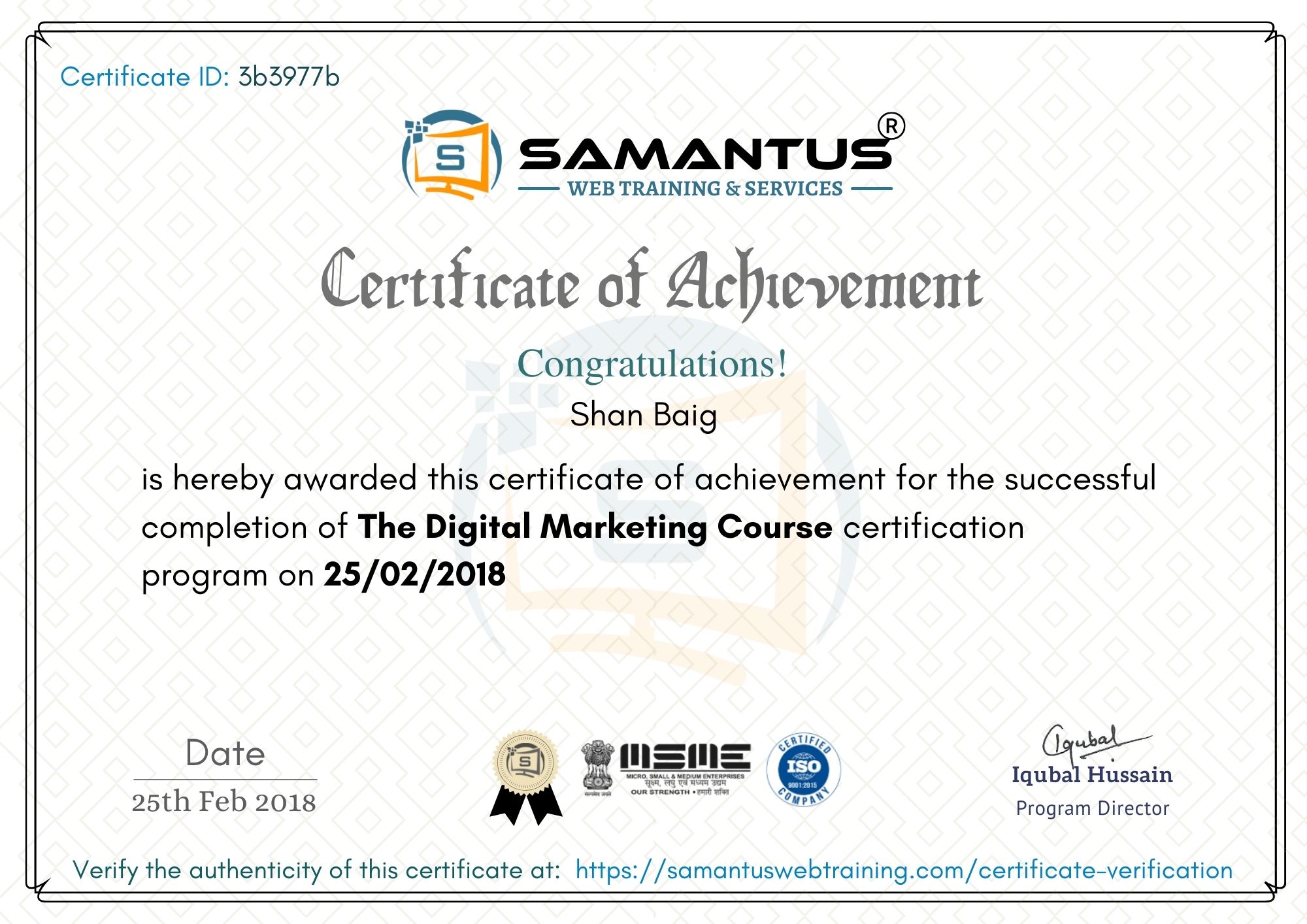
Get a Certificate in Basic Computer Course in kerala
Unlock Your Potential: Get Your Basic Computer Course Certificate Today

Award winning
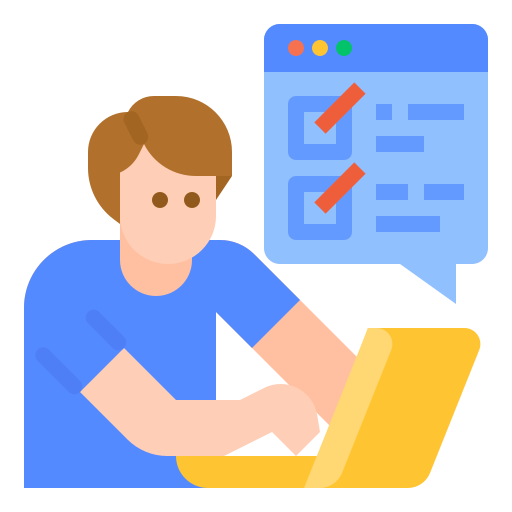
Make your Career
Course Curriculum:
1: Introduction to Computers
In this module, we will introduce computers, covering fundamental concepts, components, and functions.
Lesson 1: What a computer is?
- This article defines a computer and discusses its role in modern society.
- Understanding the Basic Functions of a Computer, including Processing, Storage, Input, and Output
Lesson 2: The Evolution of Computers
- An Overview of the Historical Development and Evolution of Computers, From Early Mechanical Calculators to Modern Digital Computers
- Examining Major Milestones and Innovations in Computer Technology
Lesson 3: Computer hardware components
- Introduction to Computer Hardware Components, including the Central Processing Unit (CPU), Memory (RAM), Storage Devices (Hard Disk Drive, Solid State Drive), Input Devices (Keyboard, Mouse), and Output Devices (Monitor, Printer)
Lesson 4: Computer software
- Computer Software Definition and Differentiating between System Software (Operating Systems) and Application Software (Word Processors, Spreadsheets, and Web Browsers)
- Understanding the Role of Software in Controlling and Managing Computer Hardware
Lesson 5: Operating Systems
- Introduction to Operating Systems (OS) and Their Functions in Managing Computer Resources, Providing User Interfaces, and Running Applications
- Exploring Popular Operating Systems, including Windows, macOS, Linux, and Mobile Operating Systems (iOS, Android)
Lesson 6: Computer networks and the internet
- This paper provides an overview of Computer Networks and the Internet as a global network of interconnected computers.
- Understanding Network Components, Protocols, and Internet Services (World Wide Web, Email, File Transfer)
Lesson 7: Computer Security and Privacy
- Understanding the Importance of Computer Security Measures, including Passwords, Firewalls, Antivirus Software, and Encryption
- Exploring threats to computer security, such as malware, phishing, and data breaches, as well as techniques for protecting personal and sensitive information
Lesson 8: The ethical and social implications of computers
- Ethical and social issues related to computer use, including privacy concerns, the Digital Divide, intellectual property rights, and cybersecurity
- Understanding the Responsibilities of Computer Users and Professionals in Ethical Decision-Making
Lesson 9: Emerging Computing Trends
- Exploring Emerging Trends and Technologies Shaping the Future of Computing, including Artificial Intelligence (AI), Machine Learning, the Internet of Things (IoT), and Quantum Computing
- Understanding the potential impact of emerging technologies on society and industry
Lesson 10: Practical Computer Applications
Typing Speed (On Typing Master)
In this lesson, we will focus on improving typing speed using Typing Master, a popular typing tutor software.
Lesson 1: Introduction to Typing Master
- The purpose of Typing Master, a typing tutor software, is to enhance typing speed and accuracy.
- Understanding the Importance of Typing Skills in Today’s Digital Age
Lesson 2: Setting Up a Typing Master
- You can install and configure Typing Master on your computer.
- Customizing Typing Master Settings, such as Lesson Difficulty, Keyboard Layout, and Practice Sessions
Lesson 3: Beginner Typing Lessons
- We will begin with beginner typing lessons in Typing Master to build basic typing skills.
- Practicing Home Row Keys (ASDFJKL) and Simple Words to Improve Typing Accuracy and Speed
Lesson 4: Intermediate Typing Lessons
- Progressing to Intermediate Typing Lessons to Expand Typing Speed and Efficiency
- Practicing Common Letter Combinations, Words, and Sentences to Develop Muscle Memory
Lesson 5: Advanced Typing Lessons
- Moving on to Advanced Typing Lessons to Master Complex Typing Patterns and Improve Typing Speed
- Practicing longer texts, technical terms, and special characters to improve typing accuracy and proficiency
Lesson 6: Typing Games and Exercises
- We are exploring typing games and exercises in Typing Master to make typing practice fun and engaging.
- Playing typing games, such as typing races, typing tests, and typing challenges, to test typing skills and progress
Lesson 7: Tracking Progress and Performance
- Monitoring Typing Speed and Accuracy Progress Over Time
- Setting typing goals and tracking improvement areas to focus on during practice sessions
Lesson 8: Typing Techniques and Tips
- Learning proper typing techniques, including sitting posture, finger placement, and typing rhythm.
- Applying typing tips, such as using shortcuts, avoiding peeking at the keyboard, and practicing regularly, to build typing fluency
Lesson 9: Time Management and Typing Efficiency
- Improving Typing Efficiency and Time Management Skills by Setting Realistic Typing Speed Goals and Practicing Regularly
- Using Typing Master’s Timed Practice Sessions and Performance Analysis Tools to Identify Areas for Improvement
Lesson 10: Continuing Practice and Mastery
- Committing to Continued Typing Practice and Mastery Beyond Typing Master Lessons
- Setting Personal Typing Goals, Tracking Progress, and Celebrating Achievements to Maintain Motivation and Improvement
Paint, NotePad, and WordPad
Module 1: Introduction to Basic Windows Applications
- Overview of Paint, NotePad, and WordPad as pre-installed applications in Microsoft Windows
- Understanding the purpose and utility of each application for everyday computing tasks
Module 2: Getting Started with Paint
- An introduction to the Paint interface and its main components
- Basic drawing tools and functions in Paint: pencil, brush, shapes, colors, and text
Module 3: Creating and Editing Images in Paint
- Using drawing tools to create simple images and diagrams
- Editing existing images: resizing, cropping, rotating, and flipping
Module 4: Advanced Features in Paint
- Layers are used to organize and manipulate elements in an image.
- Adding special effects and enhancements: blur, sharpen, filters, and effects
Module 5: Introduction to NotePad
- Overview of NotePad as a basic text editor in Windows
- Understanding the interface and essential text editing features: typing, selecting, copying, pasting, and saving
Module 6: Creating and Editing Text Files in NotePad
- Creating new text documents and opening existing ones
- Basic text formatting: font styles, sizes, and alignment
Module 7: WordPad: Beyond NotePad
- This is an introduction to WordPad, a more advanced text editor than NotePad.
- Additional formatting options: bold, italic, underline, color, and highlighting
Module 8: Document Formatting in WordPad
- Creating and formatting simple documents: letters, memos, and reports
- Inserting and formatting elements: tables, images, bullets, and numbering
Module 9: WordPad’s Advanced Features
- Working with headers, footers, and page layout options
- Spell check, find and replace, and other productivity tools
Module 10: Practical Applications and Tips
- Real-world applications of Paint, NotePad, and WordPad in personal and professional settings
- Tips and tricks for maximizing efficiency and productivity with these basic Windows applications
This course curriculum provides a comprehensive overview of Paint, NotePad, and WordPad, covering basic to advanced features and practical applications in everyday computing tasks.
Basic Ms. Word
Module 1: Introduction to Microsoft Excel
- An overview of Microsoft Excel as a spreadsheet application
- Understanding the interface: ribbons, worksheets, columns, rows, and cells
Module 2: Initiating Workbooks in Excel
- Creating a new workbook and opening existing workbooks
- Saving workbooks in different file formats and locations
Module 3: Entering and Editing Data
- Entering data into cells: text, numbers, dates, and formulas
- Editing data: selecting, copying, cutting, pasting, and undoing changes
Module 4: Working with Formulas and Functions
- Introduction to Excel Formulas and Functions
- Using basic functions: SUM, AVERAGE, MAX, MIN, and COUNT
Module 5: Formatting Cells and Data
- Formatting cells: font styles, sizes, colors, and alignment
- Applying number formats (currency, date, percentage, and custom formats)
Module 6: Managing Worksheets and Workbooks
- Inserting, deleting, and renaming worksheets
- Organizing and navigating between multiple worksheets and workbooks
Module 7: Sorting and Filtering Data
- Sorting data: arranging rows or columns in ascending or descending order
- Filtering data: displaying only specific rows based on criteria
Module 8: Creating Basic Charts
- Inserting and formatting charts to visualize data
- Choosing the right chart type: column, bar, line, pie, or scatter plot
Module 9: Printing and page setup
- Setting up page layout: orientation, margins, and scaling
- Printing worksheets and workbooks: previewing and adjusting print settings
Module 10: Finalizing and Sharing Workbooks
- Adding headers, footers, and page numbers
- Protecting workbooks and worksheets: password protection and sharing options
This course curriculum covers the basic features and functions of Microsoft Excel, providing learners with essential skills for managing data, performing calculations, and creating simple charts and reports.
Introduction to Word Processing
- Using a word processing program (Microsoft Word, Google Docs).
- Creating and formatting basic documents (text, fonts, styles).
- Saving and printing documents.
Introduction to Spreadsheets
- Using a spreadsheet program (Microsoft Excel, Google Sheets).
- Entering and editing data in spreadsheets.
- Creating simple formulas and calculations.
Introduction to Presentations
- Utilizing a presentation software program (Microsoft PowerPoint, Google Slides).
- Creating presentations with slides, text, and images.
- Delivering basic presentations.
Staying Safe Online
- Understanding online security threats (viruses, malware, and phishing).
- Safe browsing practices and password management.
- Protecting your privacy online.
Companies That Hire
(Freshers & Experienced Required As Per Company Norms)

